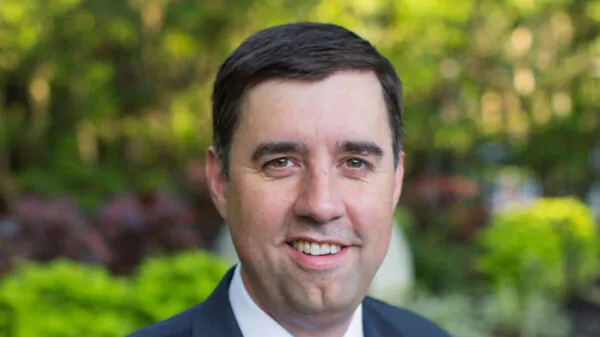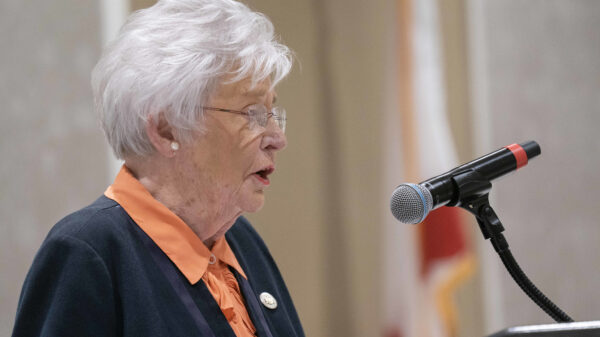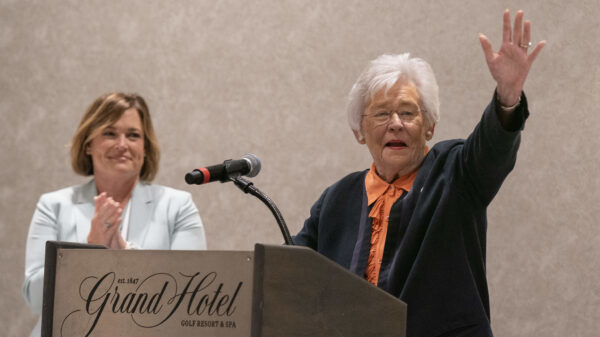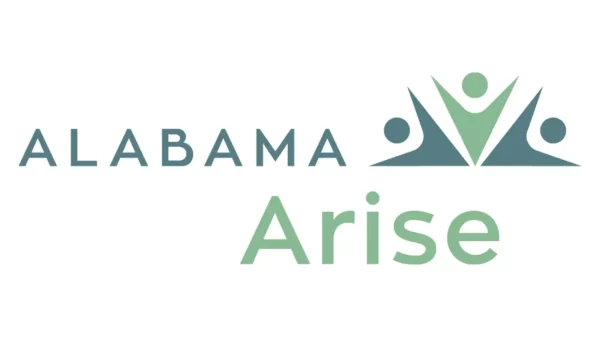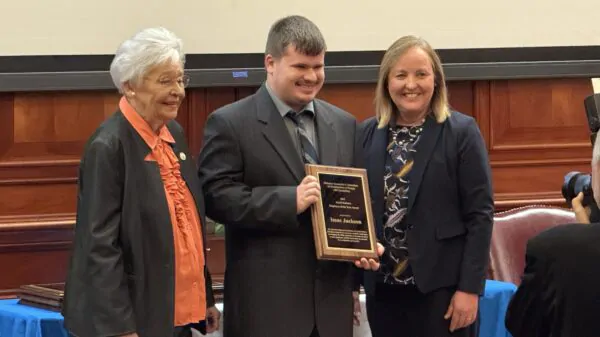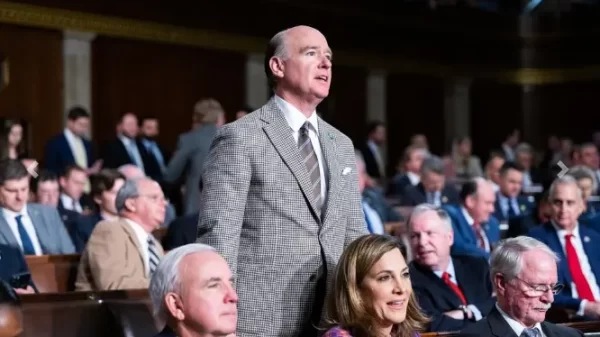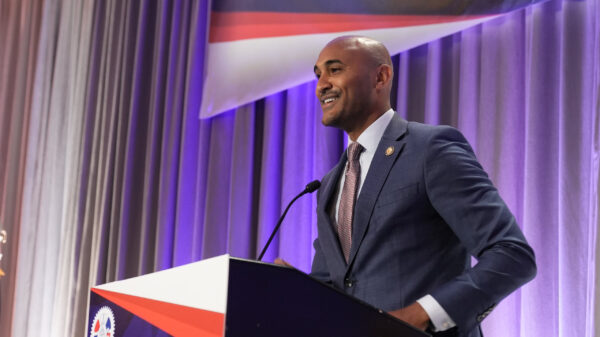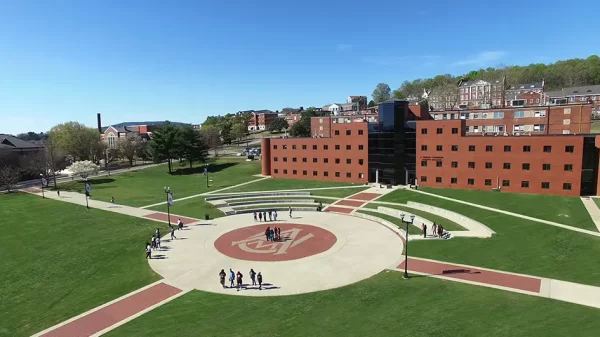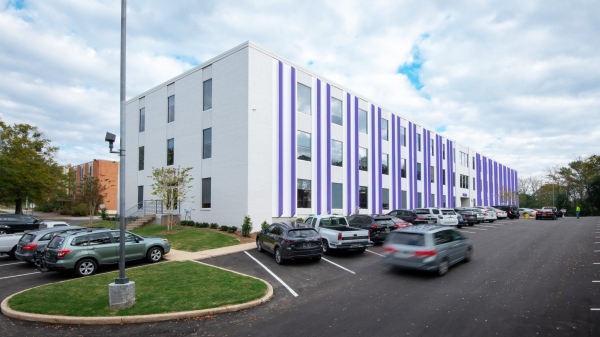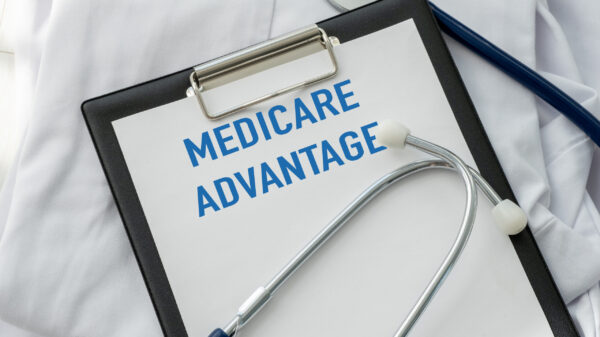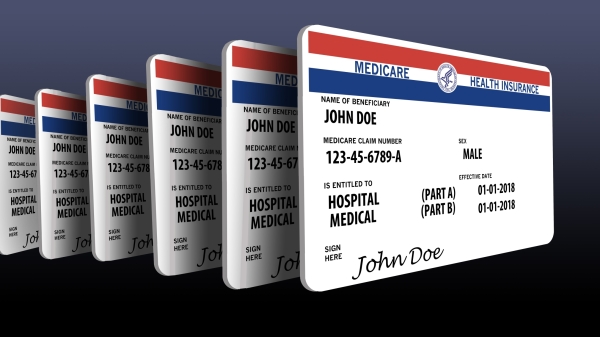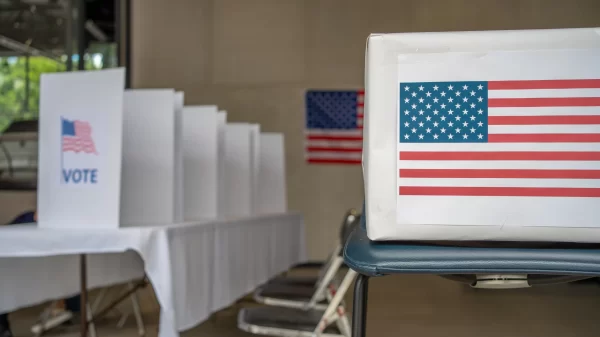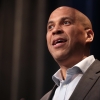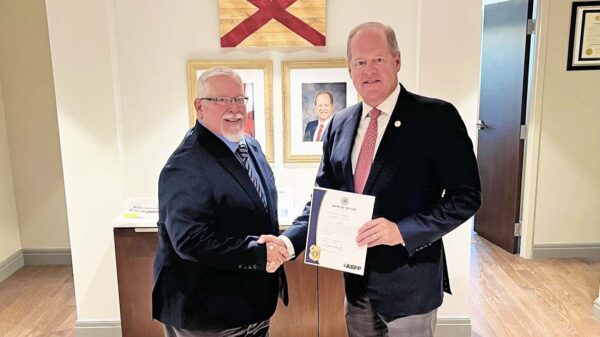The Alabama Senate Finance and Taxation Committee on Thursday approved a slate of bills to authorize the construction of several new prisons — including a bill that will allow the use of $400 million in American Rescue Plan funds to help cover the costs.
The bills previously passed the Alabama House Wednesday evening after a lengthy debate.
Senate Bill 6, an alternate prison construction bill authored by State Sen. Billy Beasley, D-Clayton, was expected to appear during the committee meeting but was not added to the agenda and not discussed during the meeting. Beasley instead offered several amendments to House Bill 4, which would have added key aspects of SB6 to the bill.
House Bill 4, or the Prison Transformation Initiative Act, would allow a bond issue of $750 million to pay for the construction of new prisons in Elmore and Escambia counties and the renovation of older, dilapidated prisons in Jefferson, Limestone, and either Bullock or Barbour County.
“We are serious about solving this problem. That’s why we’re here today,” said Chairman of the Finance and Taxation Committee Greg Albritton, R-Atmore.
During the discussion of HB4, Beasley proposed an amendment augmenting the overall capacity of the new prisons from 4,000 to 3,000, adding that while every prison in his district was severely overcapacity, studies show that smaller facilities are safer.
“The smaller facilities are safer for the inmates, safer for the correctional officers,” Beasley said. “I just think it’s in the best interest of the DOC. I think it’s in the best interest for the correctional officers, [and] I think it’s in the best interest for the inmates.”
Immediately after the amendment was tabled, Beasley proposed another amendment to include both Barbour and Bullock counties in the first phase of the prison infrastructure plan under HB4. Likewise, that amendment was tabled.
Beasley introduced a third amendment, also tabled, adding assurance for cities that use bonds to support local jails continue to receive financial support from the DOC, adding that “this could prevent court action.”
State Sens. Gerald Allen, R-Tuscaloosa, and Tom Butler, R-Madison, also introduced other amendments, one for a 2 percent increase for facility maintenance in the correctional budget, and another allowing an evaluation of Barbour and Bullock county facilities for renovation earlier. Allen’s amendment was tabled, and Butler ultimately withdrew his amendment.
Albritton introduced the only successful amendment, which removes Hamilton Aged and Infirmed Center from being named as closing in the first year of the prison infrastructure plan, and a site assessment of the Bibb County facilities.
The committee nearly unanimously approved a positive report for HB4.
House Bill 5, sponsored by State Rep. Steve Clouse, R-Ozark, has drawn considerable criticism from both state and national figures. Local organizations protested the proposed bill outside of the Statehouse Wednesday afternoon when deliberations were taking place on the House floor.
The bill ultimately passed the House 75 to 25, largely along party lines, Wednesday evening.
“Of all the calls and concerns that I have gotten from the public, this issue has been the one that has caused a lot of concern,” said State Sen. Linda Coleman-Madison, D-Birmingham, another member of the committee.
Coleman-Madison said that while she believes a certain amount of the funds from ARP could and should be used for prisons, the funds were intended for use in hospitals and nursing homes.
“Have we dealt with the issues of the medical industry, which is truly what the COVID money is, number one, targeted [as a] priority,” Coleman-Madison said, adding that hospitals and nursing homes with a lack of funding need focus and assistance.
“We’re trying to accomplish one single issue in this short time, and that is the prison matters,” Albritton said. “Alabama’s prison needs are acute, are necessary, and are now.”
The committee approved a positive report for the bill, with Coleman-Madison as the sole “no” vote.
At the end of the committee meeting, Kirk Fulford of the Legislative Services Agency presented information on the use of nearly $30.3 billion in federal non-grant funds for businesses and individuals in Alabama. According to Fulford, $12.6 billion in direct stimulus payments to individuals were allocated out and asked the committee to wait until the end of year reports to see the ultimate effect of the direct stimulus payments.
$16.6 billion in federal grant funds — $1.7 billion of which went to cities and counties in local fiscal recovery funds — were issued as well. $4.2 billion total went to educational purposes: $3 billion to K-12, the rest to higher education. $1.7 billion in federal funds are still available for “appropriation for any allowable uses of those funds,” Fulford said.
Each of the bills approved by the Senate Finance and Taxation Committee will pass to the Rules Committee, then on to the Senate for consideration Friday morning.
The Senate’s Judiciary Committee in quick fashion passed a bill that would increase the number of incarcerated individuals required to be released and supervised prior to the end of their sentence. The bill makes a 2015 law retroactive for those convicted before the 2015 law was enacted. The bill would also require those released under the legislation to be monitored electronically, and would supply those released with a state-issued ID card. That bill will now head to the Senate for a possible vote on Thursday.




